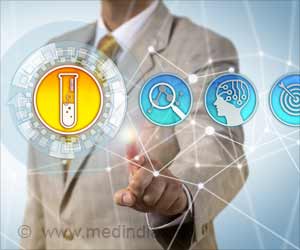Stereotactic Body Radiotherapy (SBRT), a high-dose, precisely delivered radiotherapy, is considered the standard treatment for patients with medically inoperable, node-negative, non-small cell lung cancer (NSCLC).

‘Stereotactic Body Radiotherapy (SBRT), a high-dose, precisely delivered radiotherapy, is considered the standard treatment for patients with medically inoperable, node-negative, non-small cell lung cancer (NSCLC). ’





The MTD was the highest dose level allowed by the protocol, 12.0 Gy per fraction in 5 fractions, and was associated with a 7.2% dose-limiting toxicity (DLT), defined as any treatment-related grade 3 or worse from a list of predefined toxicity types which occurred within the first year. The DLT rate of 7.2% is significantly below the protocol-specified target rate of 20%. Treatment was also associated with high rates of tumor control. "The patients who enrolled into NRG-RTOG 0813 were medically inoperable with early stage lung cancer, mostly elderly and with co-morbidities. The two-year overall survival rates for patients at the two highest doses were 70% which is comparable to patients with peripheral early stage tumors that were treated by SBRT," stated Andrea Bezjak, MD, of the Princess Margaret Cancer Center and the lead author of NRG-RTOG 0813.
Two-year rates for the 71 evaluable patients in the 11.5Gy/fr and 12.0Gy/fr cohorts were: local control 89.4% (90% CI:81.6-97.4), 87.9% (90% CI :78.8-97.0); overall survival 67.9% (95%:50.4-80.3), 72.7% (95%:54.1-84.8); progression-free survival 52.2% (95%:35.3-66.6), 54.5% (95%:36.3-69.6).
"This trial demonstrated our ability to provide local control and potential for cure in patients with centrally located, node-negative tumors in multiple institutions, while maintaining plan qualities, achieving good patient outcomes, and only allowing modest rates of toxicity," added Dr. Bezjak.
Source-Eurekalert















